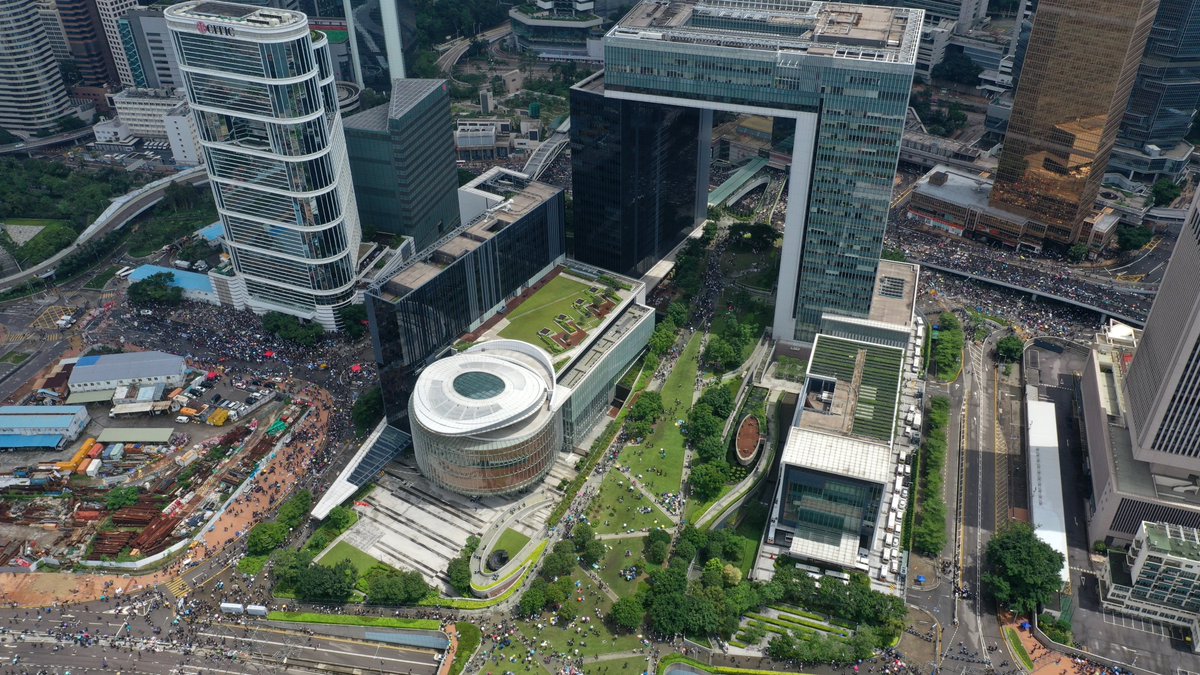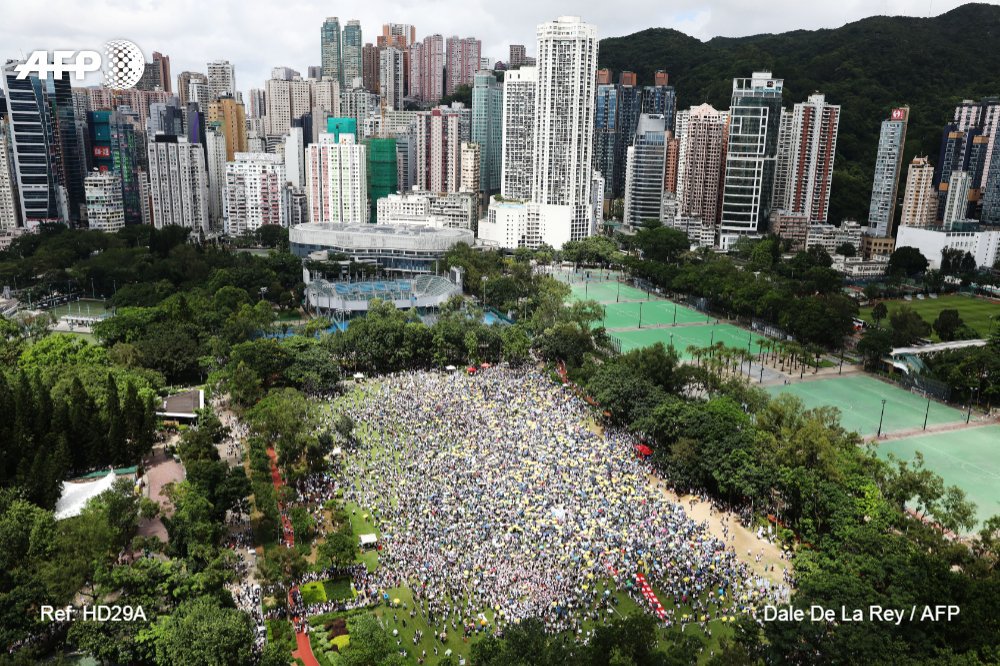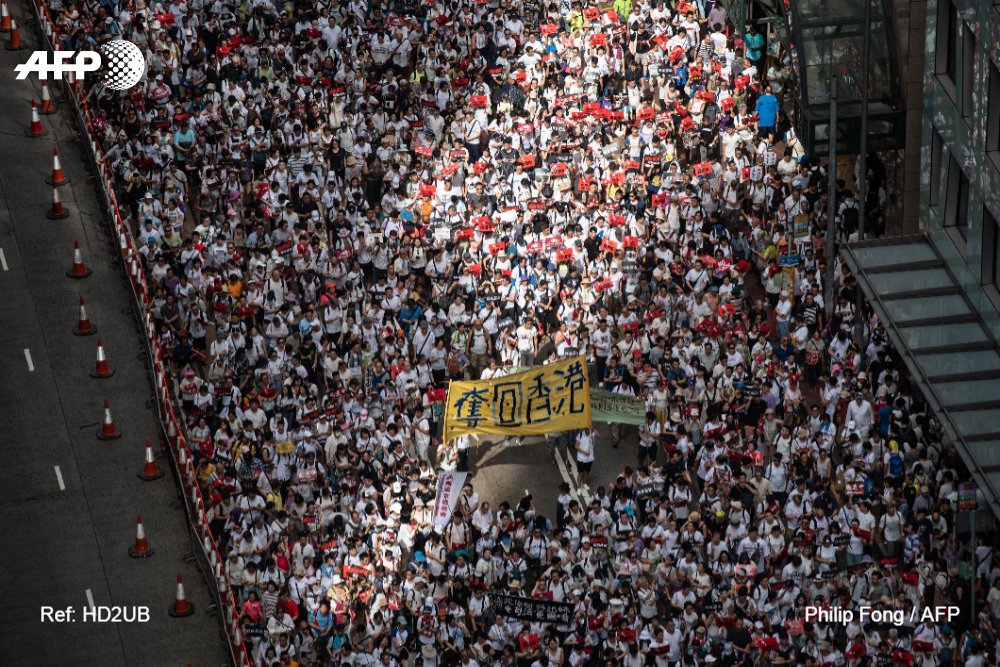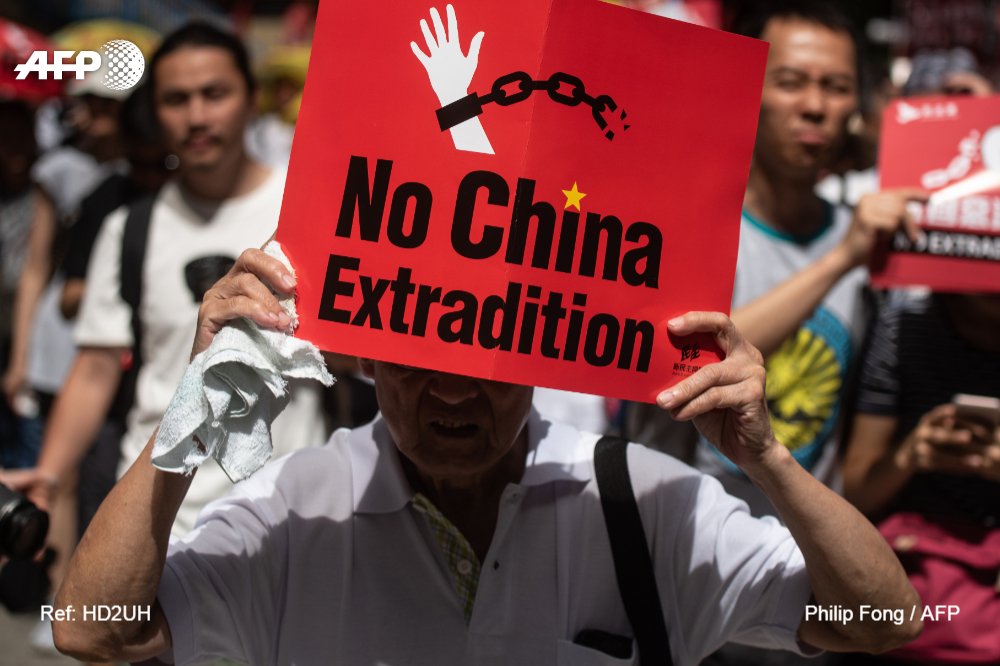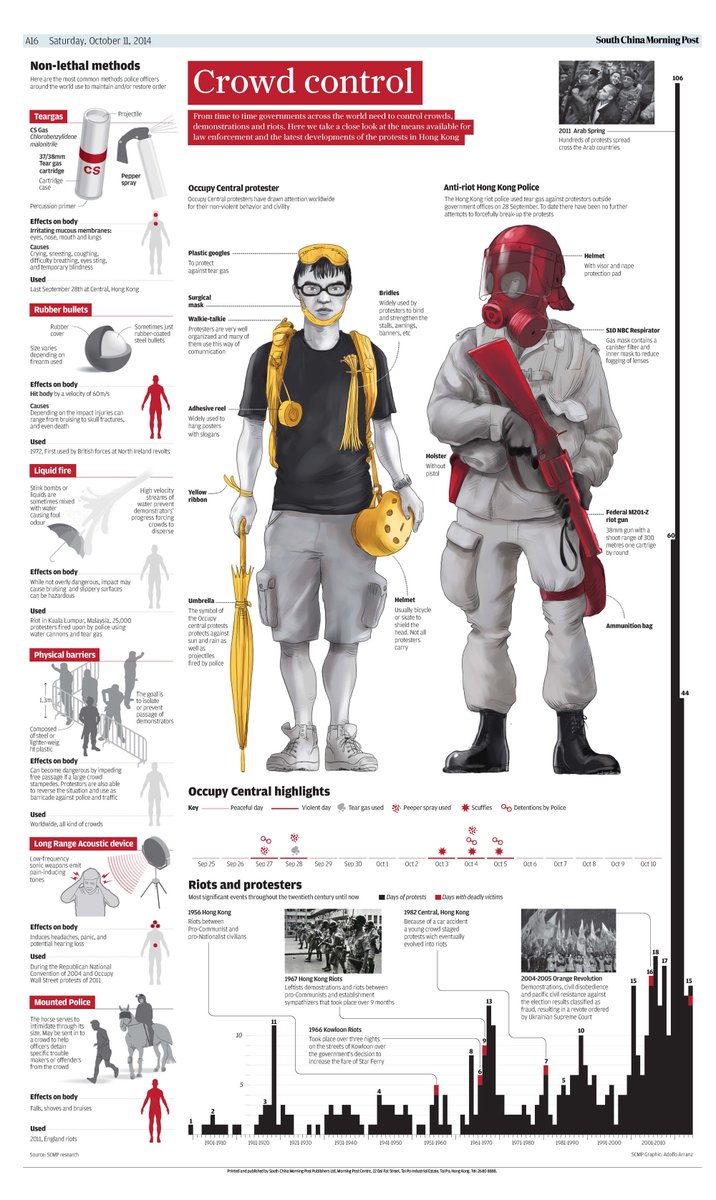
Most protesters we saw on Wednesday outside the government HQ, the same main site of the 2014 and 2019 protests, did not show their faces.
But they weren’t like that in 2014. Something changed in the last five years, and we’ve seen that happen before:
I explained how protesters organized themselves without a clear leader in an earlier thread:
And why people are protesting in the first place here:
Thanks for reading!



